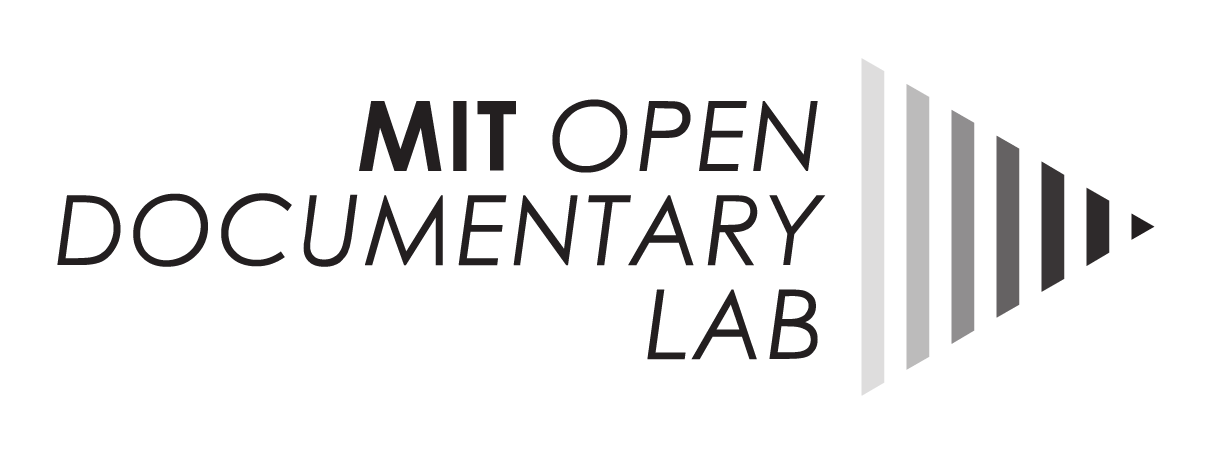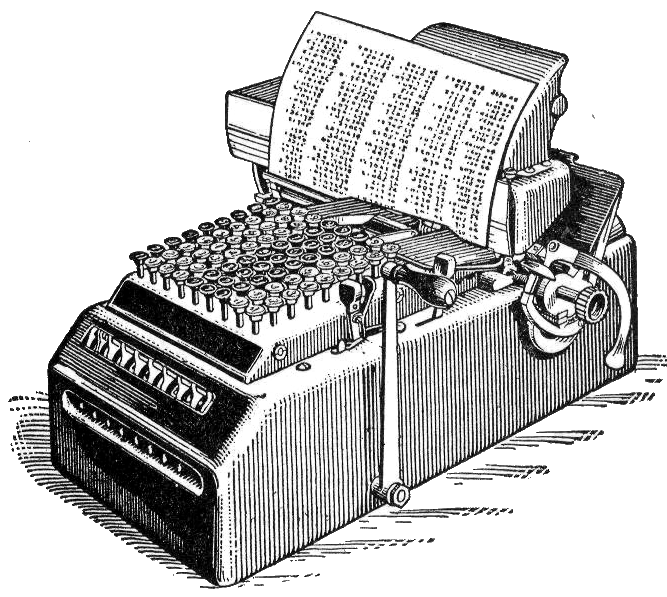
19 May Moments of convergence and innovation between documentary film and interactive media, Part 2
The Research Forum is OpenDocLab’s space for researchers to voice their opinions and test new theories. As part of our mission to promote the exchange of ideas about the new arts of documentary, we hope to encourage academic discussion and debate about these emerging forms by creating a place where researchers can develop ideas and interact with the field. The views presented here belong to their authors and will necessarily take different forms. In the spirit of the documentaries we study, we look forward to community collaboration and exchange as the ideas explored in the Research Forum take root, grow, and support the development of the field.
Moments of convergence and innovation between documentary film and interactive media: The seventeenth century
by Arnau Gifreu Castells
To formulate a relevant concept for the interactive documentary field we need to explore some aspects of the two key areas: the documentary genre and the interactive medium. This new series presents a combined, parallel, and comparative historical chronology of these areas up to the present moment of confluence. The two stories we are following here begin, to a certain extent, in the seventeenth century. It should be noted, however, that a number of theorists, scientists, inventors, and entrepreneurs had already developed a handful of theories and experiments that led up to what happened a few centuries later. We will focus our analysis on the seventeenth to the nineteenth century and place special emphasis on the twentieth and early twenty-first century. In this post we will address some points of convergence and innovation that occurred in the seventeenth century.
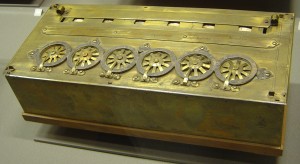
Figure 1. Pascal’s Calculator.
Source: Wikipedia:
http://upload.wikimedia.org/wikipedia/commons/8/80/Arts_et_Metiers_Pascaline_dsc03869.jpg
It is curious to note that, between the invention of Pascal’s Calculator (1639) by Blaise Pascal – French mathematician, physicist, philosopher and theologian – considered the father of computers along with Charles Babbage, and the Magic Lantern (1640) by Athanasius Kircher – German Jesuit thinker, there is only one year of difference.
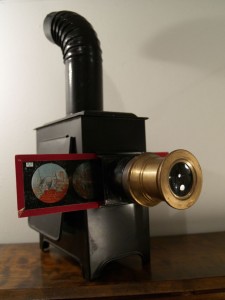
Figure 2. Magic lantern.
Source: Wikipedia:
http://upload.wikimedia.org/wikipedia/commons/f/f1/Magic_Lantern.jpg
And seven years between the Newton Disc (1666) by Isaac Newton – physicist, philosopher, theologian, inventor, mathematician, and alchemist – and the first analogical calculator in history (1673), the great invention of Gottfried Leibniz – German philosopher, mathematician, lawyer, librarian, and politician of the late seventeenth century. Therefore, we can consider the hypothesis that the foundations of the moving image and the digital culture were laid at the same time, probably without their creators being aware of it. We will continue to observe that match in years or decades when we look at the other stages or later periods of history.
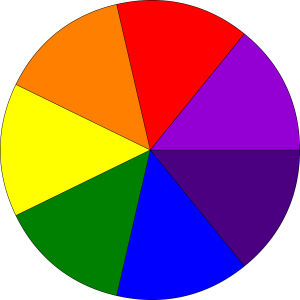
Figure 3. Newton Disc
Source: Wikipedia:
http://upload.wikimedia.org/wikipedia/commons/c/c9/Disque_newton.png
These four innovative contributions to science encouraged and provided a solid foundation for progress in many crucial aspects of the genre under analysis because the inventions of Leibniz and Pascal were key for developing the theory of computation and programming and those of Kirchner and Newton were vital in relation to light – illumination and the moving image, two central issues of documentary and nonfiction film in general.
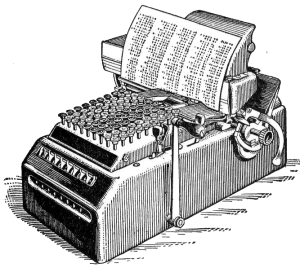
Figure 4. Example of mechanical Calculator (from Valéry Monnier)
Source: Wikipedia:
http://upload.wikimedia.org/wikipedia/commons/f/ff/Mechanical-Calculator.png
We can also observe that, some centuries before the invention of cinema and the computer, countries like France, Germany, and England were pioneers in reflecting on specific aspects of their culture and also produced brilliant minds. This can also be seen two centuries later – in the last decade of the nineteenth century – in relation to the invention that made cinema possible: France and the United States (Thomas Edison) were the co-creators of cinema. Louis and August Lumière were two French brothers from Lyon who patented the cinematograph and kept the new world cinema monopoly for two years (1895-1897).
In relation to the interactive digital medium, three centuries after the seventeenth century, these countries constructed the first computer: in Germany, Konrad Zuse (Z series) is recognized as a key figure and in England Alan Turing is considered the father of artificial intelligence (Turing test, Automat Cellullar, etc). The legacy of French geniuses like Pascal, Niceron, and Nollet, important German figures like Leibniz, Kircher, and Zuse, and from the Anglophone world such as Schickard, Newton, and people of neighboring cultures, such as the Scottish Napier, left its mark on later scientists such as Babbage, Hollerith, Turing, and also the Lumière brothers.
Arnau Gifreu Castells (PhD)
Research Affiliate, MIT Open Documentary Lab
agifreu@mit.edu
References
Gifreu, A. (2012), The interactive documentary as a new audiovisual genre. Study of the emergence of the new genre, approach to its definition and taxonomy proposal and a model of analysis for the purposes of evaluation, design and production. [Doctoral Thesis]. Barcelona: Universitat Pompeu Fabra. Communication Department.
Gifreu, A. (2013), Pioneros de la tecnología digital. Ideas visionarias del mundo tecnológico actual. Barcelona: Tic Cero. Editorial UOC.
Jones, S. (2003), Encyclopedia Of New Media: An Essential Reference to Communication and Technology, New York: The Moschovitis Group.
Lee, J.A.N. (1995), Computer Pioneers. Los Alamitos, California: IEEE Computer Science Press.
Norman, J. M. (2005), From Gutenberg to the Internet: a Sourcebook on the History of Information Technology. Vol. 2, Novato California: History of Science.
Wikipedia. Magic lantern: http://en.wikipedia.org/wiki/Magic_lantern
Wikipedia. Pascal’s Calculator: http://en.wikipedia.org/wiki/Pascal’s_calculator
Wikipedia. Newton Disc: http://en.wikipedia.org/wiki/Newton_disc
Wikipedia. Mechanical calculator: http://en.wikipedia.org/wiki/Mechanical_calculator
List of quoted experiments/innovations
Magic Lantern
The magic lantern or Laterna Magica is an early type of image projector developed in the 17th century. The magic lantern used a concave mirror in back of a light source to direct as much of the light as possible through a small rectangular sheet of glass—a “lantern slide”—on which was the painted or photographic image to be projected, and onward into a lens at the front of the apparatus. The lens was adjusted to optimally focus the plane of the slide at the distance of the projection screen, which could be simply a white wall, and it therefore formed an enlarged image of the slide on the screen.
Pascal’s Calculator
Blaise Pascal invented the mechanical calculator in 1642. He was spurred to it by seeing the burden of arithmetical labor involved in his father’s official work as supervisor of taxes at Rouen; first called Arithmetic Machine, Pascal’s Calculator and later Pascaline, this calculating machine could add and subtract two numbers directly and multiply and divide by repetition.
Newton Disc
A Newton disc is a disc with segments in rainbow colors. When the disc is rotated, the colors fade to white; In this way Isaac Newton demonstrated that white light is a combination of the seven different colors found in a rainbow. A Newton Disc can be created by painting a disc with the seven different colors. A combination of red, green, and blue in the circular disc will yield the same result. This is due to the phenomenon called persistence of vision.
Mechanical calculator
Leibniz developed the infinitesimal calculus independently of Isaac Newton, and Leibniz’s mathematical notation has been widely used ever since it was published. While working on adding automatic multiplication and division to Pascal’s calculator, he was the first to describe a pinwheel calculator in 1685[6] and invented the Leibniz wheel, used in the arithmometer, the first mass-produced mechanical calculator.
Further readings
Research Forum | Arnau Gifreu Castells on Documentaries and Digital Media, Part 1
Research Forum | Arnau Gifreu Castells on Documentaries and Digital Media, Part 2
Research Forum | Arnau Gifreu Castells on Documentaries and Digital Media, Part 3
Research Forum | Arnau Gifreu Castells on Documentaries and Digital Media, Part 4
Research Forum | Arnau Gifreu Castells on Documentaries and Digital Media, Part 5
Interactivity technologies, key factor for the interactive documentary (i-Docs)
The evolution of the Internet, key factor for the interactive documentary (i-Docs)
The evolution of the Internet, key factor for the interactive documentary (II) (i-Docs)


